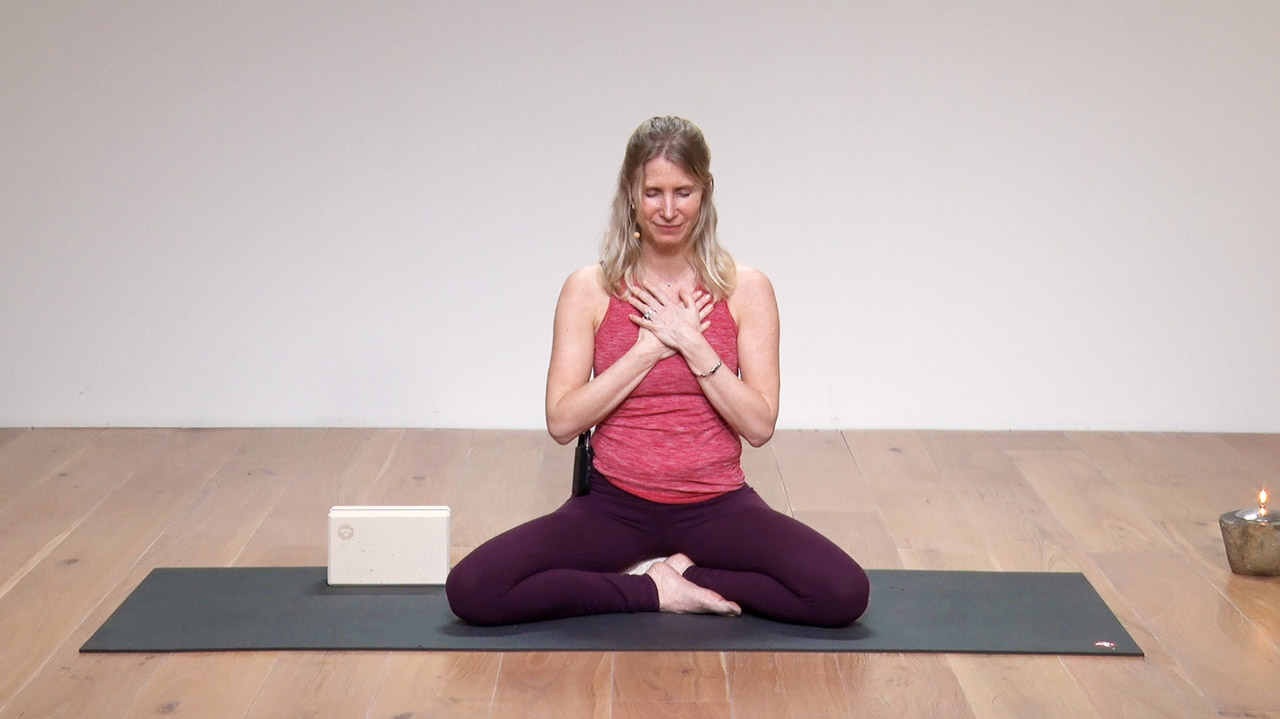Tips for writing a gratitude journal
Cultivate the habit of expressing thankfulness by starting a gratitude journal. Here’s how…
You may have heard that expressing gratitude has a tangible effect on our happiness. Doing it consistently can actually help to change our perceptions about our world, enabling us to more easily focus on the positive rather than the negative.
There’s an abundance of ways we can express gratitude, including meditation, prayer, yoga or simply saying “thank you”, but I’ve found the most effective way to get into the ‘habit of gratitude’, is to write down a few things every day that I’m thankful for.
Why writing it down works
Research has shown that translating thoughts into language—whether oral or written—has advantages over just thinking the thoughts: It makes us more aware of them, deepening their emotional impact. By committing words to paper or speaking words out loud, you’re putting your thoughts out into the world. Writing something down also helps us to organise our thoughts and make sense of what’s going on from a more objective standpoint.
For the science buffs out there, writing stimulates cells in the brain (called reticular activating system – or RAS) which act as a filter for everything your brain needs to process, giving emphasis to the activity or situation you’re actively focusing upon. Not only does writing something down act as a trigger to the RAS to pay attention but the very act of forming letters with your hand actively engages the brain too.
Benefits of keeping a gratitude journal
- Improves psychological health, increasing happiness and lowering stress levels (Emmons and McCullough, 2003)
- Can help us to sleep better and for longer (Wood et al., 2008)
- Increases our resilience to trauma (Kashdan et al., 2006)
- Enhances our relationships and our ability to connect with people (Algoe et al., 2008; Lambert et al., 2010).
- Helps us to appreciate we have rather than what we don’t have
Tips for writing a gratitude journal
If, like me, you’re a sporadic diary writer, beginning each New Year by writing your diary with good intentions and renewed vigour…that is, until about the 10th January when the entries peter out… you’ll be encouraged to know that keeping a gratitude journal is quick and above all, easy to stick with! I know – I’ve just completed a whole year of doing it (and loved it so much I’ve started another one this year). So here are are few little pointers…
1. Set aside a specific time
Writing my gratitude diary when I go to bed – meaning I go to sleep focusing on positive thoughts, rather than dwelling on the negative ones – works for me, but there isn’t really a wrong or right time. I keep my diary next to my bed as a reminder that I need to do it and it’s now as much a part of my routine as brushing my teeth.
2. Keep it simple and small
Begin by writing down three things – or even one – for which you’re grateful. These could be as simple as your first cup cup of tea or coffee in the morning, your dog wagging his tail when you see him, the birds singing outside your window… If you’re struggling, focus on what is around you right now. As time goes on and your habit of gratitude becomes more established, you might be surprised at how easy it becomes to notice all the things that are going right in your life.
3. Be imaginative
Avoid, if you can, repeating the same things day after day or you will lose the true meaning of why you’re doing this and become bored. Expressing thanks for different things every day will expand your awareness by challenging you to find even more things to be grateful for.
4. Notice how gratitude FEELS
If you have a little more time, close your eyes and notice how gratitude feels in your body. Get really analytical: Where in your body do you feel it? Does it have a temperature? What colour is it? Does it have a shape? Paying attention to the felt-sense of gratitude can add a extra dimension to your practice, and root it deeply into your body.
Practice with Esther – The power of gratitude
Gratitude is like a magic potion that has the ability to make us feel happier, healthier, more optimistic and more productive. Spend time in this gentle class to get in touch with feelings of gratitude for yourself, the people around you and life in general.
5. Make it special
It doesn’t really matter where you write your thankful thoughts down – the most important thing is just that you do it – but for me, having a lovely notebook to write in makes the experience a little more special.
6. Be creative
If you can’t think of three things – write in detail about one. If you can’t stick to three, write ten! Don’t limit your appreciation just to objects – remember your family, friends, pets, places, sights, smells, sensations, tastes…
7. Remember yourself!
Don’t forget about yourself. In the West we’re generally not encouraged to be openly proud of our achievements but this journal is for your eyes only! So go ahead – what are you good at? What have you achieved that you’re proud of? What do you like about yourself? If you find this difficult to do, imagine your best friend writing about you. What would they say? You can find some good resources, including a self esteem worksheet here.
8. Set the negative aside (just for now!)
Of course, bad things happen and writing a gratitude journal isn’t about denying or pushing these feelings away – rather the point is to try and make a habit of focusing on the positive rather than the negative – kind of rewiring our mindset. At the end of the year (or even after a few weeks), pick up your journal and re-read your entries. Notice what effect this has on your mood; I’d be willing to bet it’ll give you a lift!





